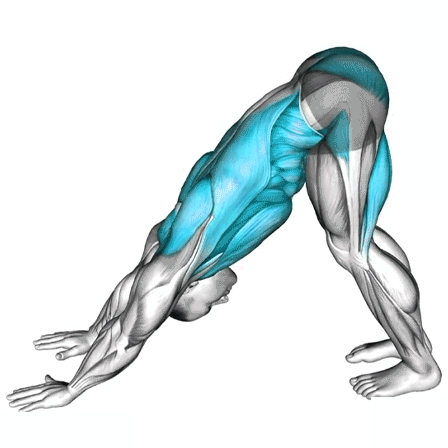Mastering the Downward-Facing Dog Pose
Instructions
-
Tips
- Hands and Shoulders: Avoid letting your shoulders collapse. Keep them active and away from your ears.
- Hips: Focus on lifting your hips high rather than pushing your heels down. Over time, the hamstrings will lengthen.
- Spine: Prioritize a long spine over straight legs. Bend your knees if your hamstrings are tight.
- Feet: Keep feet hip-width apart and parallel to each other.








